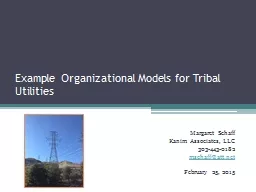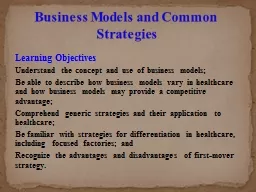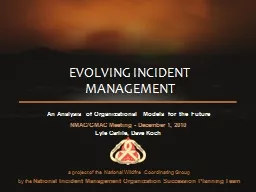PPT-Example Organizational Models for Tribal Utilities
Author : natalia-silvester | Published Date : 2018-09-29
Margaret Schaff Kanim Associates LLC 3034430182 mschaffattnet February 25 2015 US Department of Energy Tribal Authority Process Case Studies The Conversion of
Presentation Embed Code
Download Presentation
Download Presentation The PPT/PDF document "Example Organizational Models for Tribal..." is the property of its rightful owner. Permission is granted to download and print the materials on this website for personal, non-commercial use only, and to display it on your personal computer provided you do not modify the materials and that you retain all copyright notices contained in the materials. By downloading content from our website, you accept the terms of this agreement.
Example Organizational Models for Tribal Utilities: Transcript
Download Rules Of Document
"Example Organizational Models for Tribal Utilities"The content belongs to its owner. You may download and print it for personal use, without modification, and keep all copyright notices. By downloading, you agree to these terms.
Related Documents














